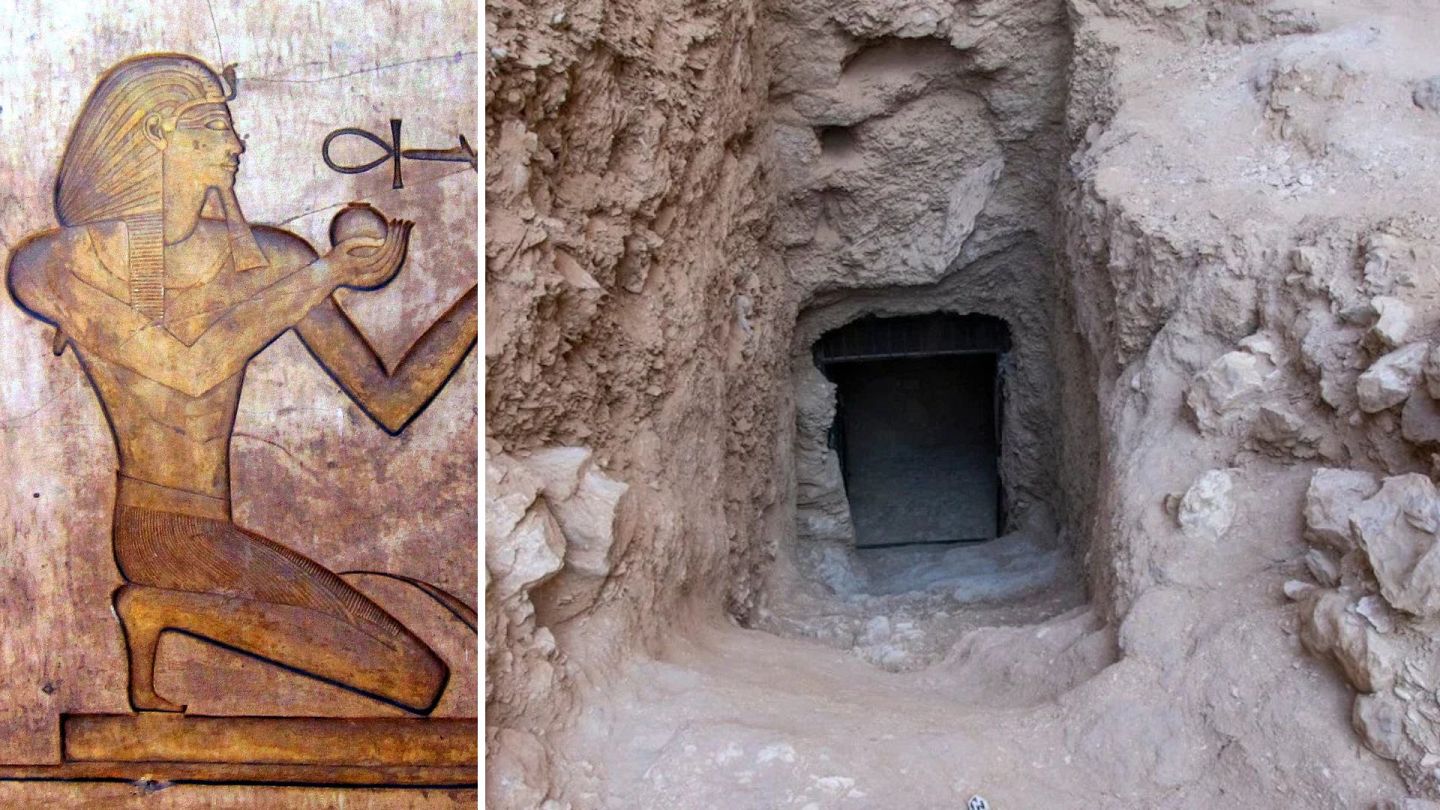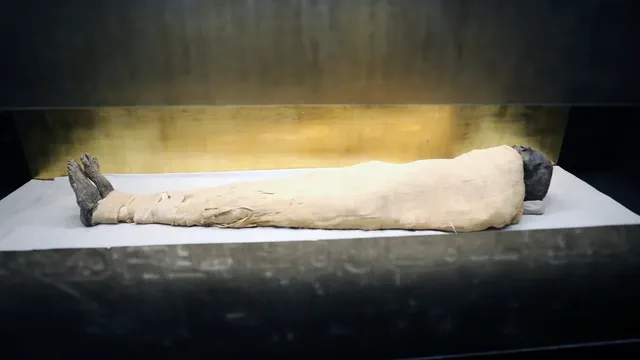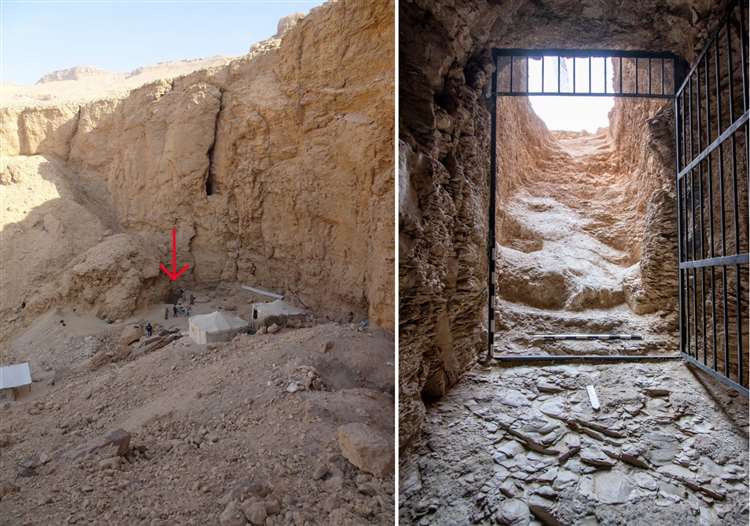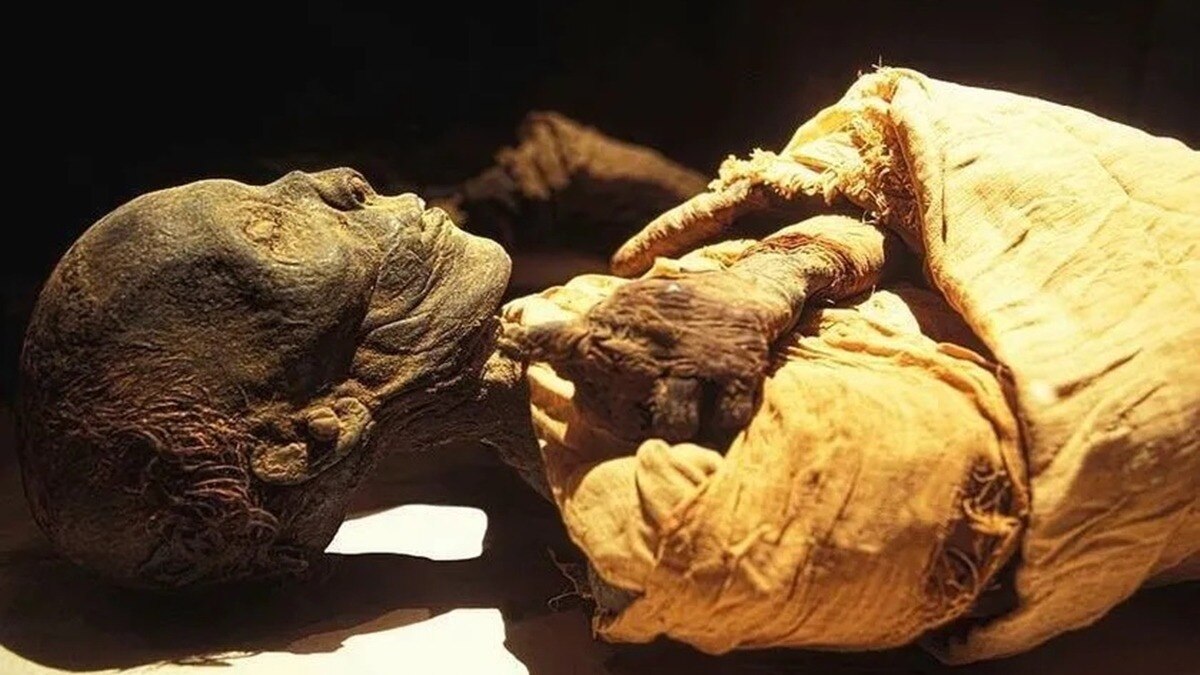Introduction to the Remarkable Discovery
More than a century after the discovery of King Tutankhamun’s tomb, archaeologists have unearthed the tomb of Pharaoh Thutmose II. This is one of the most significant archaeological finds in recent history, shedding new light on the 18th Dynasty of ancient Egypt.

Located in the Valley of the Kings near Luxor, this tomb was the last undiscovered royal burial site of the dynasty. Its discovery marks a major milestone in Egyptology, offering fresh insights into the life and reign of this enigmatic pharaoh.
The Excavation and Key Findings
The excavation was conducted by a joint team of Egyptian and British archaeologists. Initially, researchers believed the site might belong to a queen, given its proximity to other royal tombs. However, further investigation confirmed that it was indeed the final resting place of Pharaoh Thutmose II.

Among the significant artifacts discovered were:
- Fragments of alabaster vessels inscribed with the names of Thutmose II and Queen Hatshepsut.
- Decorative plaster remains featuring golden stars on a blue background, a design commonly seen in royal tombs.
- Ancient religious texts related to royal burial rituals.
The Condition of the Tomb and Historical Clues
Although the tomb no longer contained the pharaoh’s mummy or lavish treasures like those found in Tutankhamun’s tomb, it remains a remarkable discovery. Archaeologists believe that flooding in ancient times caused significant damage to the burial site, destroying many of its artifacts and architectural features.

However, the surviving relics still provide valuable insights into royal burial traditions and the impact of time on these ancient structures.
The Significance of This Discovery
The discovery of Thutmose II’s tomb contributes crucial knowledge to Egyptology:
- It sheds light on the life of Thutmose II, a relatively obscure pharaoh who played a key role in the early 18th Dynasty.
- It offers new information about his relationship with Queen Hatshepsut, who later ascended the throne as one of Egypt’s most powerful female rulers.
- It enhances our understanding of royal tombs in the Valley of the Kings, paving the way for future explorations of other undiscovered pharaohs.

Conclusion
The discovery of Pharaoh Thutmose II’s tomb represents a major breakthrough in archaeology, expanding our understanding of ancient Egyptian history and culture. Although the tomb was found in a damaged state and lacked a royal mummy or treasure trove, its remaining artifacts provide invaluable clues about burial practices and political life during the 18th Dynasty.
Future research and excavations in this tomb may unveil even more fascinating details, continuing to unravel the mysteries of ancient Egypt.

